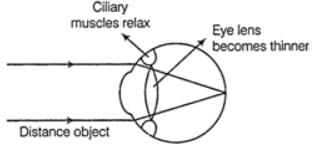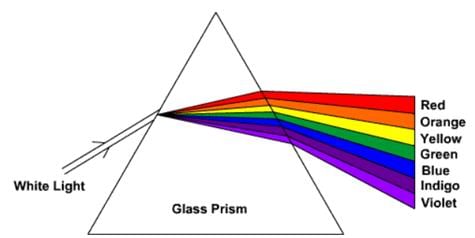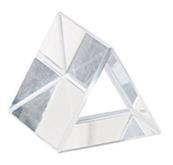Science Olympiad Test: Human Eye and Colorful World- 2 - Class 10 MCQ
15 Questions MCQ Test - Science Olympiad Test: Human Eye and Colorful World- 2
At noon, the sun appears white as
Which of the following phenomena of light are involved in formation of a rainbow ?
The focal length of the eye lens increases when eye muscles
In passing through a glass prism, a ray of light undergoes how many refractions?
Angle of deviation through a prism of angle 60°, when angles of incidence and emergence are 40° each is
______ is at the lower end and ______ is at the upper end of the visible spectrum.
The basic cause of dispersion of white light on passing through a glass prism is
Which phenomenon is not explained on scattering of light?
If A is angle of prism D is angle of deviation, i is angle of incidence and e is the angle of emergence through a prism, then the correct relation between the four angles is
Blue colour of clear sky is on account of
The deviation of a ray of light passing through a prism depends on
Cataract is a flow that arises when eye lens of person becomes
The cells which enable us to distinguish between different colours are
The change in focal length of an eye lens to focus the image of the objects at varying distances is done by the action of


















